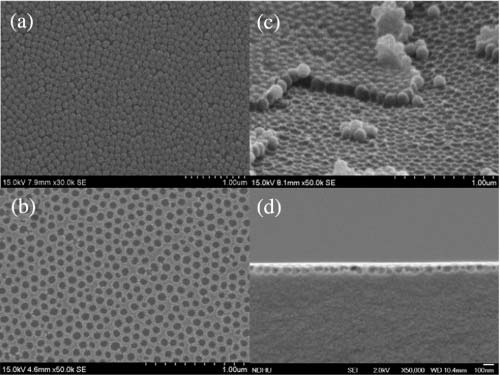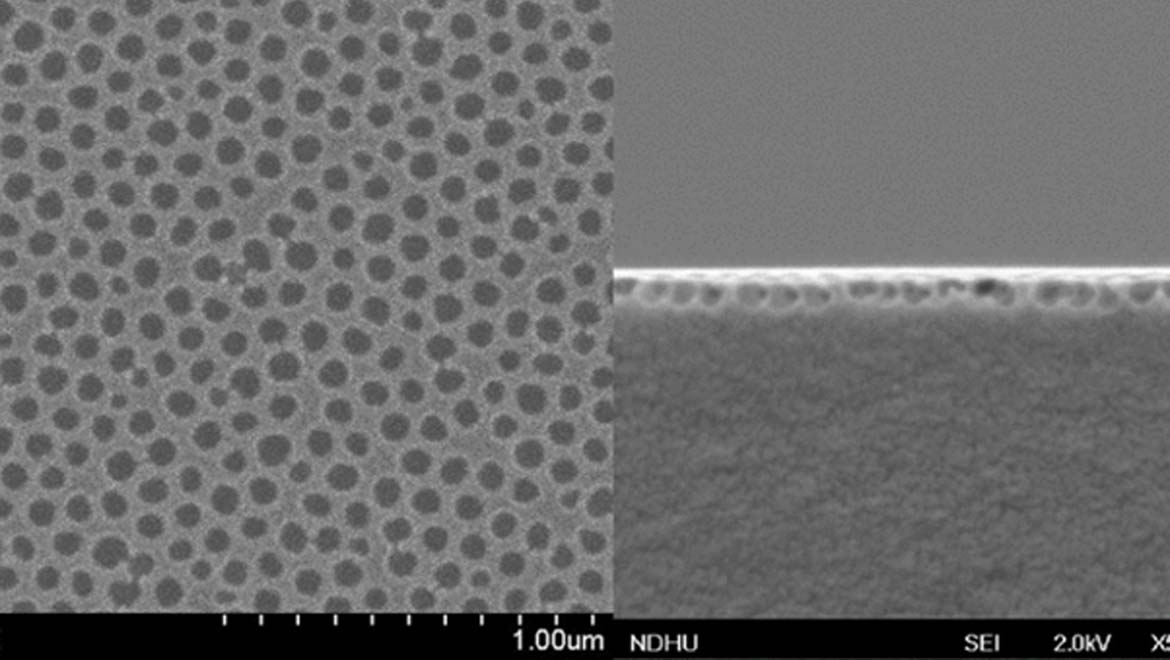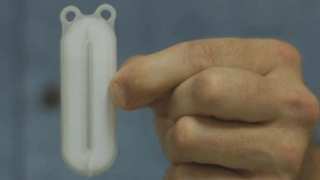Now the summer is in full swing, many of us enjoy getting out in the fresh air and making the most of the sunny weather. Sometimes this means sitting in the park whilst we’re on our lunchbreak and inevitably most of us turn to our phones to check our emails and social media whilst relaxing. This leads to the annoying situation where we try to read our phone screens in bright sunshine, and whilst this is definitely a situation that could be described as a ‘first world problem’ it’s one that has inspired researchers to try and come up with a solution.
Nature inspires new technology
Shin-Tson Wu from the University of Florida’s College of Optics and Photonics worked with a team of researchers, developing a new antireflection film. As is often the case, they were inspired by nature, in this instance using moth eyes as their starting point. Moths eyes are coated with antireflective nanostructures, allowing them to both avoid reflections from their eyes which may attract predators and also to be able to see in the dark.
Firstly, the team had to overcome the challenges of recreating such a small structure, as explained by Guanjan Tan, one of the lead authors of the study: “It is relatively difficult to fabricate an antireflection film with this nanostructure that is large enough to use on a mobile phone or tablet. Because the structures are so small, a high-resolution and high-precision fabrication technique is necessary." The team achieved this by creating a template of nanospheres, which can then be used to coat the screen of a smartphone to prevent the reflection of bright sunlight making them difficult to read.

SEM images of (a) SiO2 nanoparticle monolayer on the template, (b) imprinted nanostructure on TAC substrate before HF dipping, (c) top view and (d) side view of final moth-eye-like nanostructure on TAC substrate. (OSA)
Problem solved
In comparison to the reflection from a standard phone screen, the moth-eye film produced some excellent results. A standard iPhone screen has a surface reflection of 4.4 percent, which is drastically reduced to just 0.23 percent using the moth-eye film. The surface of the film is made up of tiny dimples, each with a diameter of around 100 nanometers.
Of the results, Jun-Haw Lee, another lead author of the study, said: “"Our measured results indicate the moth-eye-like antireflection film shows excellent optical behavior and mechanical strength. Our film provides an efficient and low-cost method to reduce the surface reflection and improve the sunlight readability of mobile devices.”
The research, titled ‘Broadband antireflection film with moth-eye like structure for flexible display applications’ was published this June, in the journal ‘Optica’.
As well as making reading phone and tablet displays in sunlight much easier, the moth-eye inspired coating also possesses excellent hardness and self-cleaning potential, which are both important characteristics. Additionally, it also has great flexibility which means its use could also be applied to flexible, folding screens which are expected to be released as soon as 2018.
So soon, sitting in a sunny park and scrolling through your Facebook News Feed at the same time could be a lot easier thanks to the moth eyes that inspired a new age of antireflective coatings.
Top image: Researchers created a film of moth-eye-like nanostructures that can improve the sunlight visibility of screens on mobile phones and tablets. The images show the nanostructures from above (left) and from the side (right). Credit: Shin-Tson Wu, College of Optics and Photonics, University of Central Florida







No comment